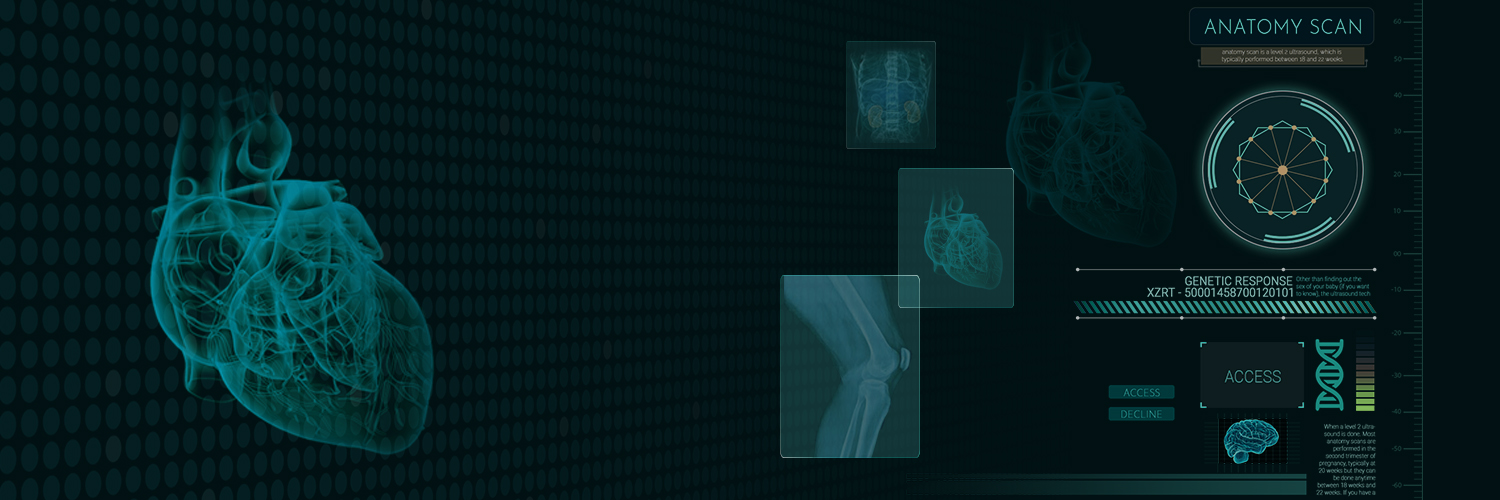
Plants respond to different stimuli by certain movements. This response may be seismonastic movement which is rapid or tropism which is a slow process. Sensitive plants show seismonastic movement in response to touch. Based on this plant movements are classified into two: tropic and nastic.
Tropisms (or tropic movements):
Plants have very adaptive form of life and have developed their own way of survival. Tropism is one such way in which plants survive.
Tropism is the growth movement of a plant part in response to an external stimulus. The direction of stimulus determines the direction of response. Plants may either show positive or negative movement as a response to a stimulus.
Types of tropisms:
These types of tropism help plants to be more adaptive and help in survival. Positive gravitropism of roots helps in the absorption of minerals and water from the soil. Similarly, the positive response of stems towards light helps plants in photosynthesis
Growth independent movements: Nastism
Nastic movements are those in which plants have to respond spontaneously without any growth. Such movements are caused by plant hormones or electrical impulses.
Photonasty:
Photonasty refers to the non-directional movement of a plant part in response to light. This behavior can be observed in case of petals of a flower.
Opening and closing of flower in response to light (or photonasty) are growth movements.
E.g. in ‘touch-me-not’ leaves bend and droop on touching. This happens because plant cells transfer electrical impulses and change in water concentration in leaves occurs. So, plant cells respond by adjust their shapes. Other examples include lotus plants, Venus flytrap etc.